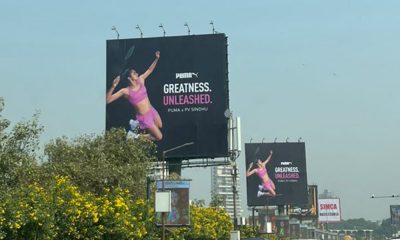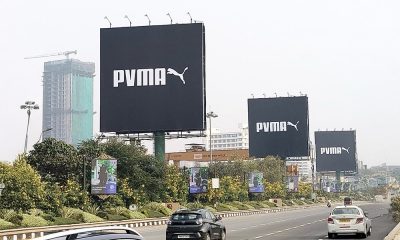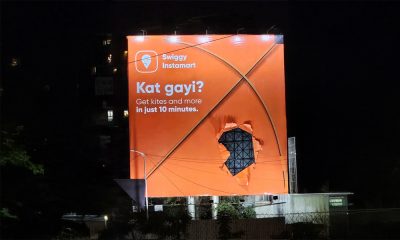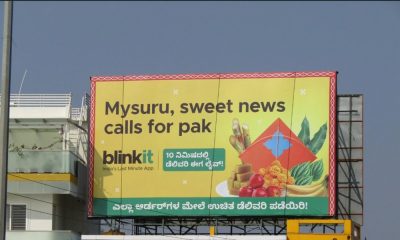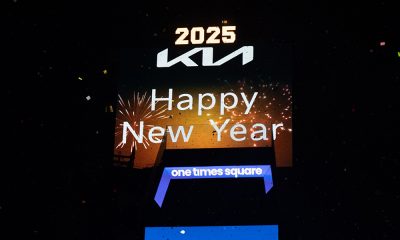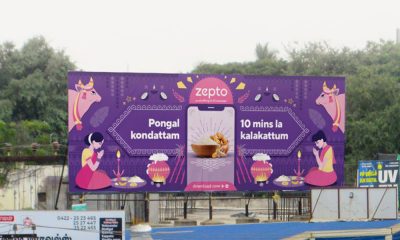Brands & Markets
‘A more liberal ad regime need of the hour for Delhi OOH’
Shailender Luthra, Executive Director, Brite Neon Signs vehemently asserts that regulatory issues have negatively impacted flow of business to the Delhi OOH market
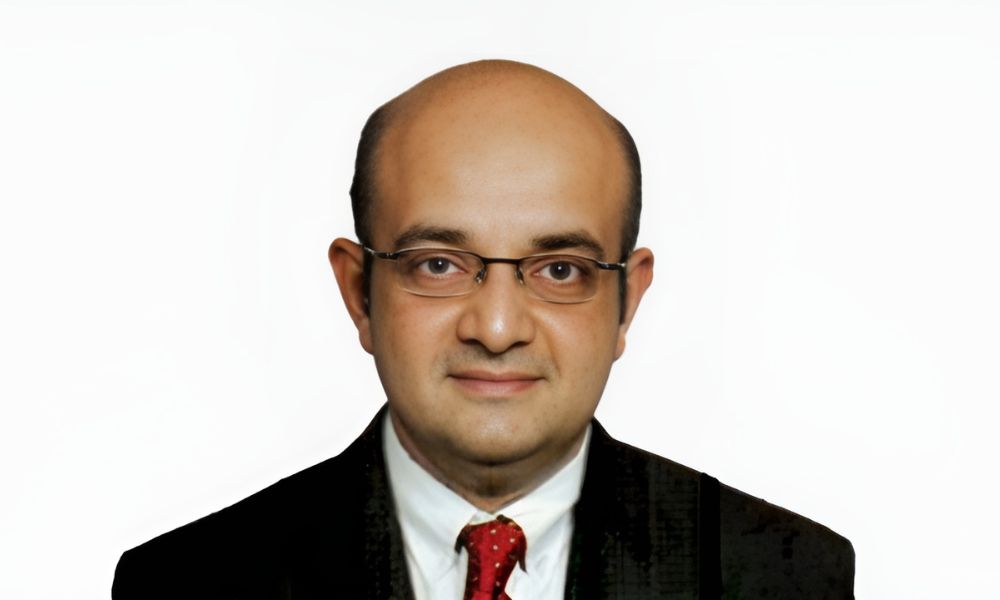
The Delhi OOH market, which has been foundational to Indian OOH’s overall growth, has seen a see-saw in the business prospects of certain media owning firms in the outdoor segment.
Speaking about the current OOH business trajectory in the large format space, Shailender Luthra, Executive Director, Brite Neon Signs vehemently asserts that regulatory issues have negatively impacted flow of business to the Delhi OOH market. He points out that decline in business from the specialist agencies to OOH in Delhi is “not a perception, but unfortunately a fact. And, there is a very strong reason for such an outcome.”
He explains that while OOH media in Delhi is relatively expensive, but so are media in Mumbai and Bengaluru. What hits Delhi hard is that a client even after shelling out a sizable amount gets to advertise on a relatively small size media site. “There is no impact from such advertising,” maintains.
Hence, when an advertiser spends Rs 10 lakh a month on a premium unipole in South Delhi, they end up spending some Rs 5,000 per sq. ft. This skyrocketing pricing is a significant deterrent to OOH spends, says Shailender.
He adds that the MCD’s Outdoor Advertising Policy is another barrier to business. “The authority wants the revenue but does nothing to amend the OAP which can help the industry thrive. In Delhi hoardings are not allowed on buildings, whereas on road there are size limitations.” So, clients are left with no choice but to spend an inordinately higher amount for their campaigns by going in for more unipoles.
“Unless a sustainable policy is put in place, OOH in Delhi will further decline,” he states.
Regional and local brand participation
On drawing the participation of local and regional brands in the Delhi OOH segment, he says that government campaigns and seasonal campaigns are not sufficient to sustain OOH business, says Shailender. Instead, there should a greater volume of campaigns from
FMCG, OTT and other media & entertainment brands.
Short-lived contracts
Shailender points out that several media owners have found it challenging to sustain the OOH contracts that have been awarded to them by the local urban body.
“It is a fact that media owners in Delhi bid high as the tender amount was rather high. There are no benchmark rates set by the authorities. Media owners anticipated more business and agreed to unrealistic rates, but ended up with losses as national brands have not been directing adequate spends in Delhi,” he explains.
Key recommendations
Highlighting the imperative of collective industry action, Shailender says that “IOAA and AAAI should represent with data and customer feedback to the authority showing how year-on-year our business is decreasing, the reason being customer dissatisfaction due to policy restraints. Remedial steps can be: increase the size of unipoles, allow displays atop buildings and charge steep rates but give permission. Let the embargo of hoardings over the buildings be restricted to residential building. DOOH on Delhi roads are to be authorised. These steps will allow the advertising clients to have renewed trust in OOH.”









